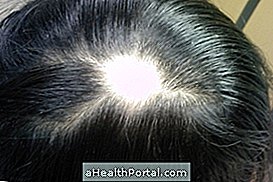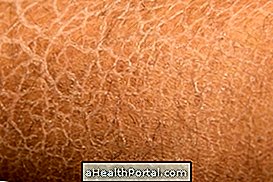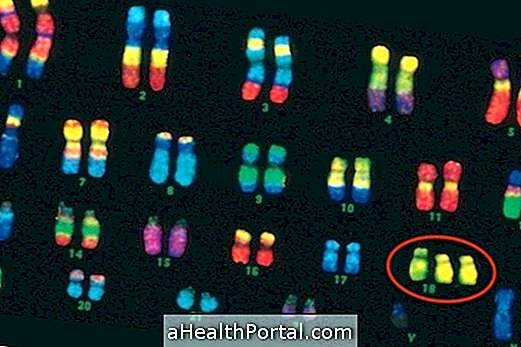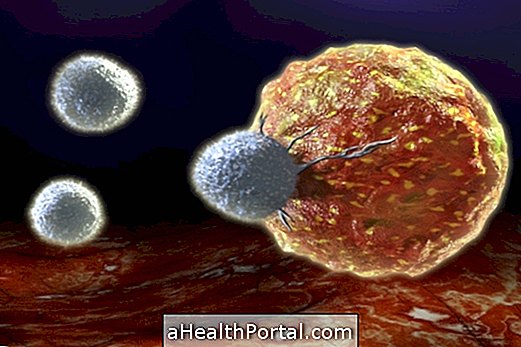Alopecia areata has no cure and its treatment depends on the severity of the hair loss, but is usually done with injections and ointments that are applied to the scalp. The causes of this disease are unknown, but this disease seems to be linked to genetic factors and autoimmune diseases, such as vitiligo.
Alopecia areata is a disease characterized by rapid hair loss, which usually occurs in the head, but can also occur in other regions of the body that have hairs such as eyebrows, beards, legs and arms. In rare cases it can happen that the hair fall be in the whole body when it is called alopecia universal areata.
Remedies for alopecia areata
The choice of treatment should be made with the dermatologist, and can be done with:
- Cortisone injections: are applied once a month in the area where there was hair loss. Along with the injections, the patient can also use creams or lotions to apply in the affected region at home;
- Topical Minoxidil: liquid lotion that should be applied 2x per day in the region with hair loss, but is not effective in cases of total loss of hair;
- Antraline: sold as a cream or ointment, it should be applied to the affected region, and may cause changes in skin color. The concentration to be purchased and the time of application of this medicinal product should be made according to medical advice.
More severe cases and loss of hair in various regions of the body can be treated with the use of corticosteroids and immunosuppressants, according to the doctor's guidance.
Symptoms and diagnosis of alopecia areata
The diagnosis of alopecia areata is made through clinical examination with the physician, and its only symptom is circular hair loss, which usually occurs on the top of the head or beard. The hairs around the bald area are weak and loose easily when pulled, and there may be another region in the body with hair loss.


In some cases, the hair may grow back spontaneously, often white in color, but falls back again after some time. It is also possible that the hair grows again and does not fall or that it does not grow again.
Causes of alopecia areata
The causes of alopecia areata are unknown, but it seems to be linked to genetic factors that trigger hair loss. However, some autoimmune diseases like vitiligo, pernicious anemia, lupus and thyroid problems also seem to increase the occurrence of this type of baldness.


















